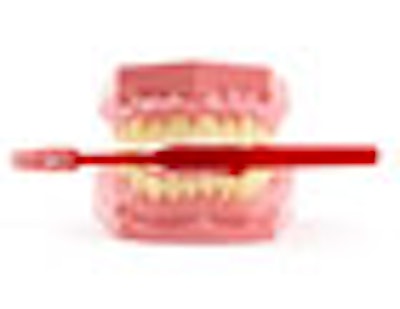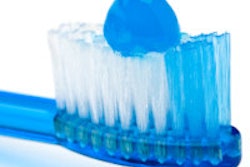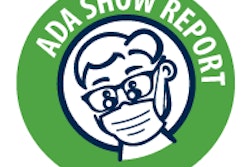
Effective oral hygiene can be a major factor in preventing periodontal disease, but patient compliance can be a challenge.
Now a new study that compared the effectiveness of written, oral standardized, and oral individualized instructions in reducing gingivitis has found that the most effective of the three techniques was oral individualized instruction (Journal of Periodontology, January 20, 2012).
"We decided to conduct this research because there was no research to prove the efficacy of skills training without any further motivational input," lead author Renate Deinzer, PhD, told DrBicuspid.com. "We also wanted to test the relative efficacy of differing teaching methods."
The study authors, from various institutes in Germany, compared the effectiveness of oral hygiene skills instruction using different teaching techniques and two outcome variables: oral health measured by absence of a papillary bleeding response and oral hygiene skills measured by absence of plaque after oral hygiene performed by the patient.
Although a body of research on oral hygiene instructions does exist, most of it suffers from methodological shortcomings such as missing control groups, according to the study authors.
Standardized instructions
The researchers recruited the study participants from the University of Düsseldorf using posters and flyers on the university campus advertising a study on healthy gingiva and healthy teeth, which included a professional teeth cleaning. They looked at 83 students without clinical signs of periodontitis who received a professional teeth cleaning to remove all supragingival plaque deposits and dental calculus.
— Renate Deinzer, PhD
The next day, the participants were randomly assigned to the control group or one of three experimental groups: one that received written instruction, one that received standardized oral instruction, and one that received individualized oral instruction. All instructions were designed to last approximately 15 minutes.
Participants in the written intervention group were given a leaflet on how to floss their teeth and the modified Bass technique using words and pictures. They were asked to read the leaflet thoroughly and left alone in a room without any other written material.
Those in the oral standardized intervention group received the same information provided in the leaflet but by a trained examiner. The examiner provided the information in a standardized way similar to the written instruction, so essentially the only difference between the two was the face-to-face interaction factor, the study authors noted.
Participants in the oral individualized intervention group also received information from the trained examiner; however, with this group, the examiner went a step further and pointed out any particular skill deficits to participant and also ways to overcome them.
Gingival bleeding
The researchers looked at the study subjects' plaque and bleeding indices to analyze intervention effects on oral health and oral hygiene skills. They took measurements at baseline and four weeks after intervention.
The various groups differed significantly with respect to gingival bleeding. Participants who had received individualized instructions showed the best results. Oral individualized intervention was able to reduce gingivitis more effectively than the other interventions, the study authors noted. This indicates that oral hygiene instructors should point out and correct individual deficits of learners.
"We proved how important it is to point out the exact hygiene deficits of the patients and to show them how to overcome them," Deinzer said. "Don't just explain how to brush and floss in a standardized way, but identify the deficits of your individual patient and explain how to overcome them."
The study demonstrates the importance of teaching methods in effective oral hygiene instruction, the authors concluded. Future research should evaluate the impact of different teaching methods on other teaching goals such as knowledge and motivation, they added.



















